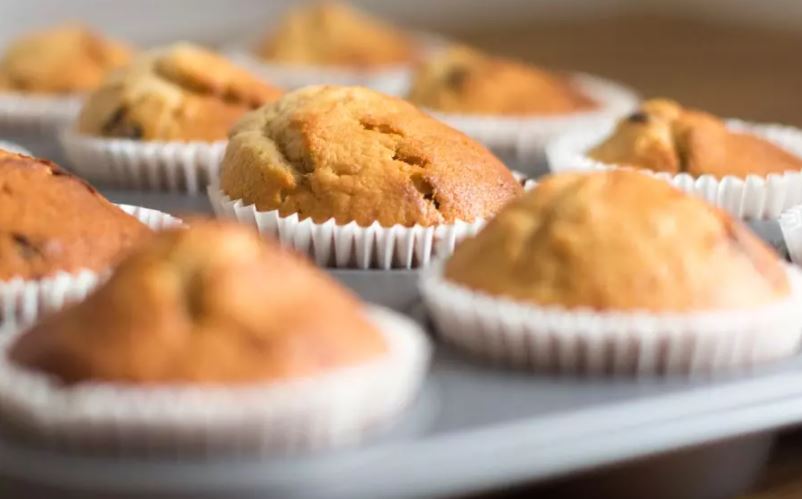
Cannoli are a beloved Italian pastry that have enchanted palates around the world with their crisp shell and creamy filling. Originating from Sicily, these delicacies are characterized by their tube-shaped shells filled with a rich, sweet, and creamy ricotta-based mixture. Achieving the perfect cannoli involves more than just the shell and filling—it’s about balance, technique, and an understanding of traditional methods. In this blog by ZeroIn Academy, the best baking courses in Chennai , we will explore the nuances of creating a perfect cannoli filling and offer practical tips to help you master this classic treat.
Understanding the Basics of Cannoli Filling
The heart of any great cannoli lies in its filling. Traditional cannoli filling is made primarily from ricotta cheese, which provides a smooth and creamy texture. However, achieving the perfect cannoli filling requires attention to several key factors:
- Quality of Ricotta: The quality of ricotta cheese is crucial. For the best results, use whole milk ricotta that is fresh and well-drained. Avoid pre-shredded or overly watery ricotta, as it can lead to a filling that is too runny and difficult to pipe into the shells.
- Draining the Ricotta: Ricotta cheese can often be quite moist, which can affect the consistency of your filling. To ensure your filling has the right texture, drain the ricotta overnight in the refrigerator using a fine-mesh sieve or cheesecloth. This step helps remove excess moisture and results in a thicker, creamier filling.
- Sweeteners: Traditional cannoli fillings are sweetened with powdered sugar, which dissolves easily and creates a smooth texture. You can adjust the amount of sugar to your taste preferences, but it’s important to use a light hand—too much sugar can overpower the delicate flavor of the ricotta.
- Flavor Enhancements: While ricotta is the base, flavorings can elevate your cannoli filling. Vanilla extract is a classic addition, offering a subtle sweetness and depth of flavor. For a more complex taste, consider adding a touch of cinnamon or a splash of citrus zest.
- Mix-ins: Cannoli fillings can be customized with various mix-ins such as mini chocolate chips, candied orange peel, or finely chopped nuts. These add texture and additional flavors, making each bite more interesting and satisfying.
Achieving the Perfect Texture
The texture of the filling is as important as its flavor. The goal is a smooth, creamy consistency that holds its shape but is not too stiff. Here are some tips to ensure your filling achieves the perfect texture:
- Mixing Method: Mix the ricotta and other ingredients gently but thoroughly. Over-mixing can incorporate air into the filling, which can affect its texture and make it difficult to pipe. Use a spatula or wooden spoon to combine the ingredients until smooth.
- Chilling: Once mixed, refrigerate the filling for at least an hour. Chilling helps the flavors meld together and makes the filling easier to pipe into the cannoli shells. If your filling becomes too stiff after chilling, you can gently mix in a small amount of milk or cream to reach the desired consistency.
- Consistency Check: To test the consistency of your filling, use a spatula or spoon to lift a small amount. The filling should hold its shape but be smooth and spreadable. If it’s too runny, add a bit more powdered sugar; if it’s too thick, mix in a touch of cream or milk.
Perfecting the Cannoli Shell
While the filling is essential, the shell of the cannoli also plays a crucial role. A perfect cannoli shell should be crisp and slightly sweet, providing a satisfying contrast to the creamy filling. Here are some tips for perfecting the shell with the help of our baking class in chennai for professional results.
- Dough Preparation: The dough for cannoli shells should be rolled thinly to achieve a crisp texture. Use a pasta machine or rolling pin to roll the dough to about 1/8-inch thickness. The dough should be firm but pliable.
- Frying Technique: Cannoli shells are traditionally fried to achieve their crispy texture. Ensure your oil is at the right temperature—around 350°F (175°C)—for even frying. Too hot, and the shells will burn; too cool, and they’ll become greasy. Fry the shells in small batches to avoid overcrowding, which can lower the oil temperature.
- Mold Usage: Use metal cannoli molds to shape the shells. Wrap the dough around the molds and seal the edges with a bit of water. Fry the shells until golden brown and then remove them from the molds while still warm. Let them cool completely on a wire rack before filling.
Customizing Your Cannoli
Cannoli can be customized in various ways to suit different tastes and occasions. Here are some creative ideas to enhance your cannoli experience:
- Flavor Variations: Experiment with different flavorings in your filling. For example, try adding a bit of espresso powder for a coffee-flavored cannoli or mix in some lemon zest for a citrus twist. You can also use flavored liqueurs or extracts for unique flavor profiles.
- Themed Cannoli: Tailor your cannoli to specific holidays or events. For example, add crushed peppermint candies for a festive touch during the holidays or incorporate fresh fruit for a summer-inspired treat.
- Presentation: Garnish your filled cannoli with powdered sugar, chopped nuts, or chocolate drizzle for an extra touch of elegance. You can also serve them with a side of fruit or a small scoop of gelato for a more decadent dessert experience.
- Mini Cannoli: Create mini cannoli for a bite-sized treat. These are perfect for parties or gatherings and allow guests to enjoy a taste of cannoli without committing to a full-sized pastry.
Crafting the perfect cannoli with the help of our bakery training in Chennai involves more than just following a recipe—it’s about understanding the elements that contribute to this classic Italian pastry and mastering the techniques required. From selecting high-quality ingredients and perfecting the filling texture to ensuring the cannoli shells are crisp and golden, attention to detail is key. By following these tips and exploring creative variations, you can elevate your cannoli-making skills and delight your guests with a truly exceptional treat.
Cannoli are a testament to the art of pastry making, combining simplicity with elegance. Whether you’re preparing them for a special occasion or simply enjoying them as a sweet indulgence, mastering the cannoli ensures that each bite is a delicious celebration of Italian culinary tradition.

